Christmas Rock Gems
Nearly from its inception, rock and roll and Christmas songs have made for a potent mixture of holiday-flavored punch. This marriage dates back to 1957 with the first Elvis Presley Christmas Album and […]

Nearly from its inception, rock and roll and Christmas songs have made for a potent mixture of holiday-flavored punch. This marriage dates back to 1957 with the first Elvis Presley Christmas Album and […]
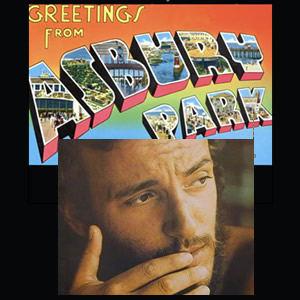
Buy Greetings from Asbury Park, NJ Buy The Wild, The Innocent, and the E Street Shuffle Bruce Springsteen started off his recording career with two albums in 1973, Greetings from Asbury Park, NJ, […]
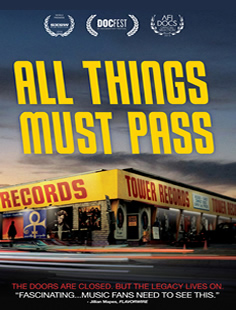
The chronological framework of Classic Rock Review spans the years 1965-2000 in order to coincide with the rise and fall of the traditional, artist-driven, hard-copy “album”. Nearly mirroring this time span and on […]
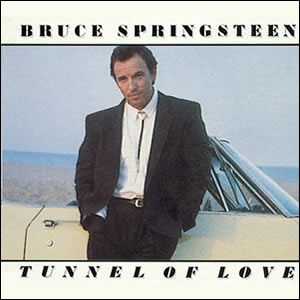
Following the multi-year, top of the pop world success of the studio album Born In the USA and the live compilation Live / 1975-85, Bruce Springsteen surprised a lot of listeners with the […]
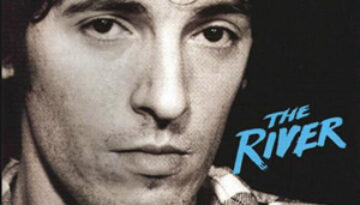
Buy The River Bruce Springsteen‘s fifth studio album, The River, is a massive album in both length and scope. Released in late 1980, this double album includes tracks that originated during the early […]
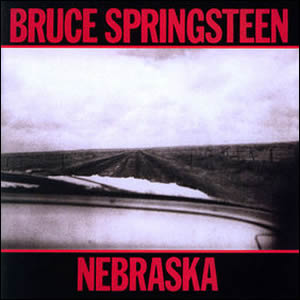
Buy Nebraska Bruce Springsteen‘s 1982 solo album Nebraska was an original “demo” that found unexpected life as a major label recording by a major label artist. The tracks for this sparsely-recorded album were […]
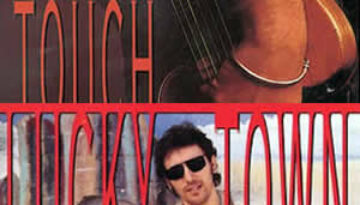
Buy Human Touch Buy Lucky Town The 1980s were incredibly successful for Bruce Springsteen, both commercially and critically. However, with the break-up of the E Street band in late 1989 and Springsteen’s relocation […]
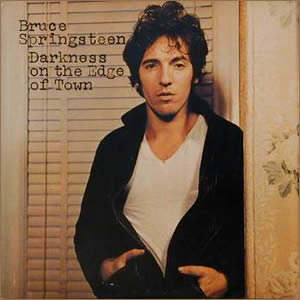
Buy Darkness On the Edge of Town Bruce Springsteen set out to make a rural influenced album with Darkness On the Edge of Town, the long awaited follow-up to his 1975 breakthrough, Born to […]
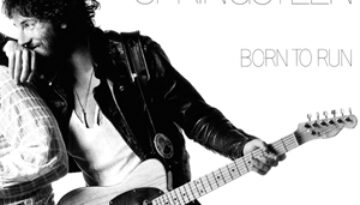
Buy Born to Run Bruce Springsteen has described the songs on Born To Run as different scenes happening on the same summer night somewhere in New Jersey and New York City. This third […]
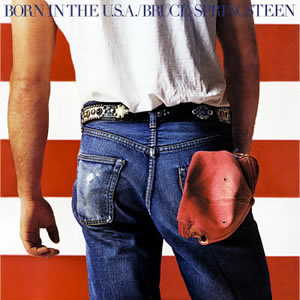
Buy Born In the U.S.A. Born in the USA marked the height of commercial success for Bruce Springsteen. It sold over 30 million copies worldwide and spawned seven Top 10 singles, a record […]